Uncovering Maliau Basin - The Most Untouched Place on Earth
Explore Sabah's lost world

Fitness Level: Beginner to Intermediate
Fly to: Kota Kinabalu
Number of Days: 6 Days (including flights)
Maliau Basin is a 130-million-year-old rainforest that has never been inhabited by humans. This makes it one of the last truly wild places on Earth.
Fun fact - Maliau Basin was only really known to the outside world as recently as 1988 when a full scientific expedition was carried out at the basin. Even then it's estimated that over-50% of the basin remains unexplored, and it could be home to previously-thought extinct species.
The Basics
Why Go

Entering Maliau Basin feels like wandering through a lost world. You'll encounter trees so tall they block out the sunlight, wildlife scampering in all directions, overgrown carnivorous pitcher plants and an ethereal moss that makes you feel like you’re in an enchanted forest.
The basin is home to a diverse range of wildlife, including orangutans, pygmy elephants, and clouded leopards. It is also home to a number of rare and endangered plant species.
The Maliau Basin is a challenging place to visit, but it is also an incredibly rewarding experience. The rainforest is lush and green, and the wildlife is abundant. You can hike into the virgin rainforest, swim in its many waterfalls, or take a safari to see the nocturnal animals.
The Maliau Basin is a special place that is worth protecting. By visiting the basin, you can help to raise awareness of this important ecosystem and contribute to its conservation.
Getting There

The closest international airport to Maliau Basin is Kota Kinabalu, Malaysia. From there, Maliau Basin is approximately a 7-8 hour drive depending on weather conditions. Alternatively, visitors can charter a small plane to the Maliau Basin Airstrip, which is about 20 minutes from the studies centre.
The closest town to Maliau Basin is Tawau, Sabah. From there, it's a four-hour drive to the Maliau Basin Studies Centre.
How to Explore Maliau Basin
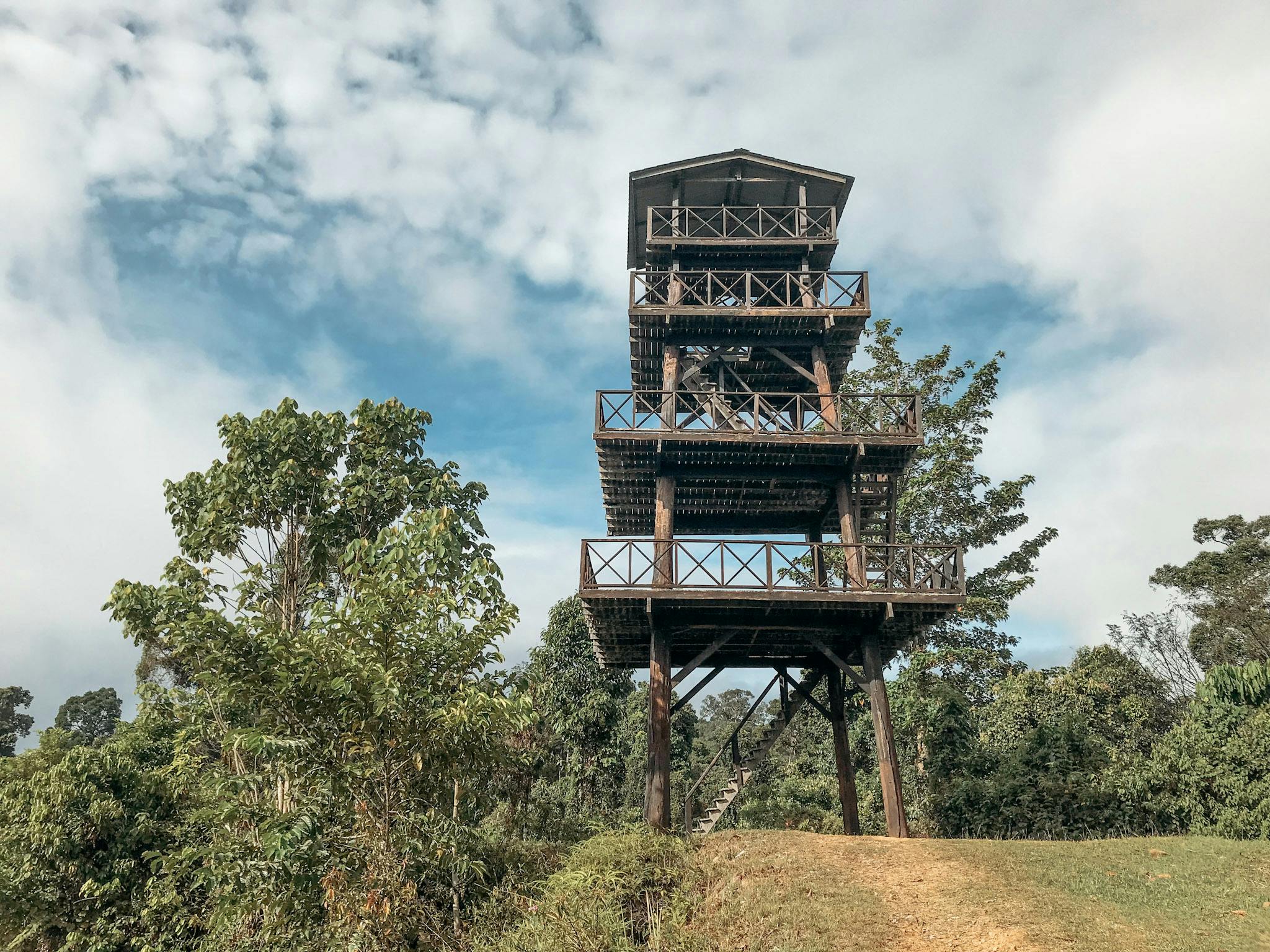
You can either stay around the outer rim, Maliau Basin Studies Centre for wildlife spotting, or you can do a trek into Maliau Basin to see the untouched rainforest.
Around Maliau Basin Studies Centre you might see flying squirrels, the clouded leopard and pygmy elephants though the rainforest here is so dense that you are unlikely to see large game here.

Inside Maliau Basin, you can either do a four day trek (3 days of hiking, approximately 27km), or a five day trek into the virgin rainforest (4 days of hiking, approximately 35km in total).
Either trek will take you to the majestic Maliau Falls which is incredibly remote and breathtaking. If you do the longer trek you will also head into the gorgeous Heath Garden where you will be surrounded by gigantic, carnivorous pitcher plants.

If you have the stamina, we'd highly recommend the longer hike because you'll get to see the best of Maliau Basin - and you've already come all this way!
What to See and Do at Maliau Basin
Maliau Basin Studies Centre
Maliau Basin Studies Centre refers to facilities that are built around the rim of the core Maliau Basin Conservation Area. This is a more developed area of huts, jewelled ponds, trees in autumnal shades and wildlife in every direction.

All the trips will include spending some time at Maliau Basin Studies Centre. The hiking trips will include the first night at the Maliau Basin Studies Centre (together with walks and wildlife spotting), and if you don't want to hike you can also spend a couple of nights just at Maliau Basin Studies Centre.
Here, you'll get to do activities like short walks and a night safari. Some of Sabah’s rarest mammals such as the Clouded Leopard, pygmy elephants and the Sumatran Rhino have been found here.

You are unlikely to spot large wildlife here as they'll mainly be hiding in the forested areas, but you'll get to see plenty of wild boar, families of Sambar Deer and flying squirrels leaping from tree to tree.
Fun fact: The Maliau Basin Studies Centre is also home to two resident sunbears who love stealing food. Their favourite food are salted fish, cooking oil and honey!
Regardless of what you end up finding here, a safari in one of the most remote places on earth will be etched in your memory for a long time.
Ginseng Camp

Ginseng Camp is one of the two camps within the main Maliau Basin Conservation Area. Whether you do the short or longer hike, you'll be spending the night at Ginseng Camp.
Ginseng Camp is close-by to the 27m high Ginseng Falls, and the epic 7-tiered Maliau Falls, so from the camp you'll be able to do a couple of short hikes to see both falls.

The other noteworthy thing about Ginseng Camp is that there is a 3km steep stretch of hill on the way to Ginseng Camp that's known to be the hardest stretch of the entire Maliau Basin hike.
The hill bears many names, but the most telling name is Maggi Hill. It got its name when a new ranger found the climb so tough that he threw up his Maggi Mee breakfast on it!
Maliau Falls

The 7-tiered Maliau Falls is one of the highlights of the trip. Here, the tallest tier is almost 10-stories high!
Even though it's only less than 5km hike from Ginseng Camp, it definitely feels further than that as you'll need to navigate ropes, ladders and steep downhill terrain to get there. That's also part of the fun for us because it really feels like exploring unchartered ground.

As you approach the falls, you'll be able to hear its roar from a distance. It’s at the falls when you’ll truly feel immersed in the wilderness of Borneo and experience being in the Lost World.
Nepenthes Camp and the Heath Forest

If you do the longer trek, this will take you to Nepenthes Camp. The Nepenthes Camp offers you the chance to check out a couple of extra waterfalls including Takob Akob Falls and Giluk Falls which you can explore the afternoon you arrive at the camp providing you have time.
There is also an observation platform at the Nepenthes Camp that you can climb to give you a better perspective of the surrounding forest.

The real highlight of Nepenthes Camp is the Heath Forest. When you trek into the Heath Forest, you’ll be surrounded by overgrown carnivorous pitcher plants and an ethereal moss that makes you feel like you’re in an enchanted forest.
This alone is worth doing the longer trek for!
Conservation of Maliau Basin
Many people believe that we should leave off-grid places alone, so that they can be kept pristine. But the truth is, many of these places are protected because of tourism. Maliau Basin is a perfect example of this. It's one of the most important places for conservation on Earth, but because not many people know about it or visit it, it's been under threat of being converted into a coal mine for decades.
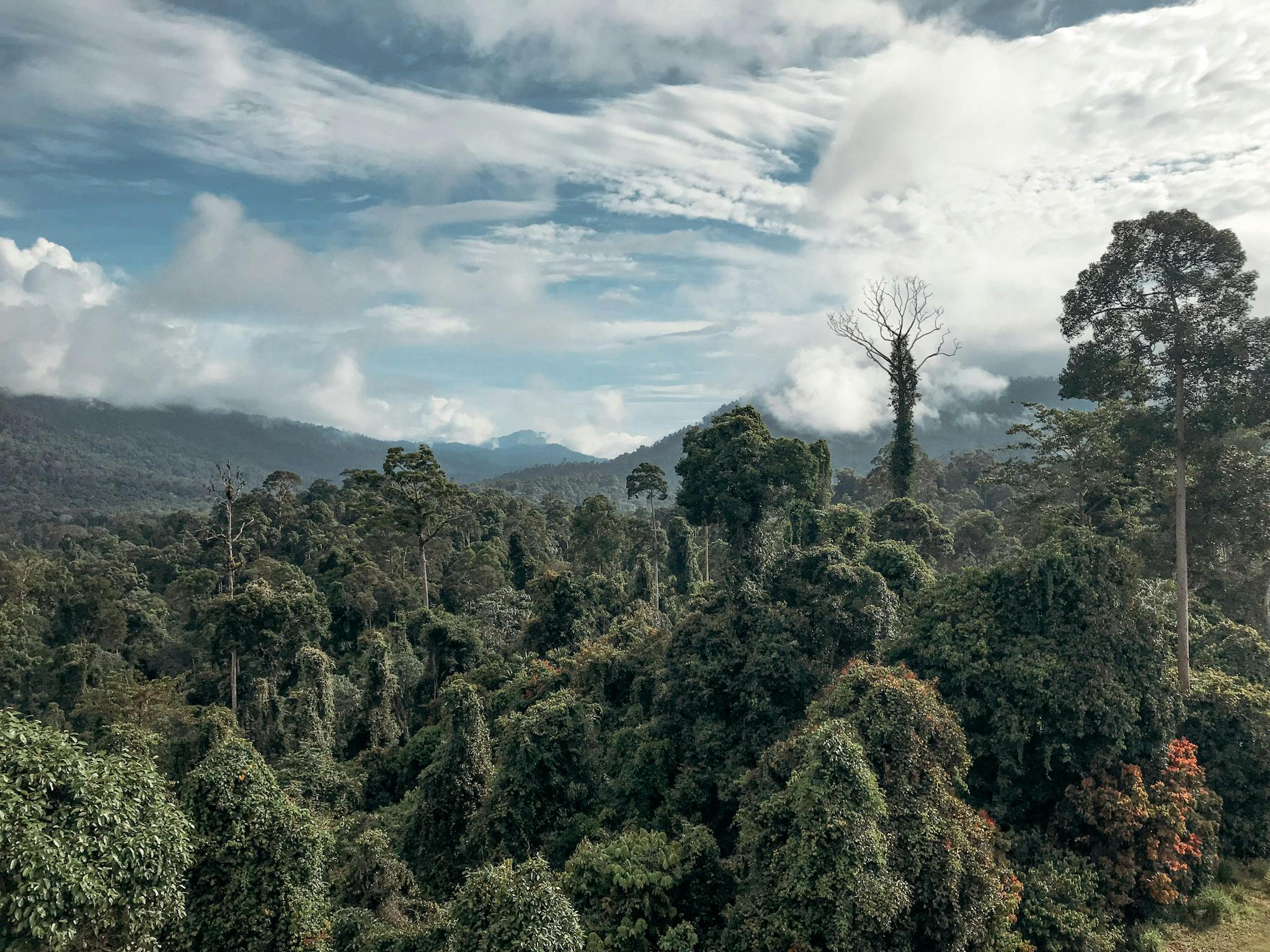
By visiting Maliau Basin, we can help to protect it. When we travel there, we are providing crucial tourism dollars that support local communities and sending a signal that it should be protected. Simply by going to Maliau Basin in a responsible way, you can help protect the rainforest.
Ever Present Threat of Coal Mining
For years and years, local authorities have been discussing the possibility of coal mining at Maliau Basin. Each time, these plans have been heavily protested by the local communities, and shelved. While the Sabah state government has recently declared the area protected, the threat still hangs over the area.
The proposed coal mine would be located in the heart of the rainforest, and it would destroy tens of thousands of hectares of forest. The mining would cause a drastic change to the area, but it’s not limited to loss of habitat. Coal mining also has dire consequences such as air and water contamination, severe enough to cause bodily damages to locals who live nearby.
Poaching of Ancient Trees

Another threat to Maliau Basin is tree poaching (yes, tree poaching!). The rainforest is home to agarwood, a tree that is worth a lot more than gold per kg. Agarwood is used to make incense and perfume, and it is in high demand in the Middle East, Europe and many parts of Asia. Have you heard of the scent Oud? That's made with Agarwood.
For years now, Poachers have been illegally cutting down centuries' old Agarwood trees in Maliau Basin. This has led to a decline in the population of Agarwood trees, and it has also damaged the rainforest ecosystem.
Tree poaching is a well-known problem in the Maliau Basin, but it is difficult to monitor such a vast area. The development of the outer rim of the basin through the Maliau Basin Studies Centre was done with the intention of attracting more tourists. The hope is that by having more people in the outer rim of the basin, poachers will be deterred from entering.
How Can We Help
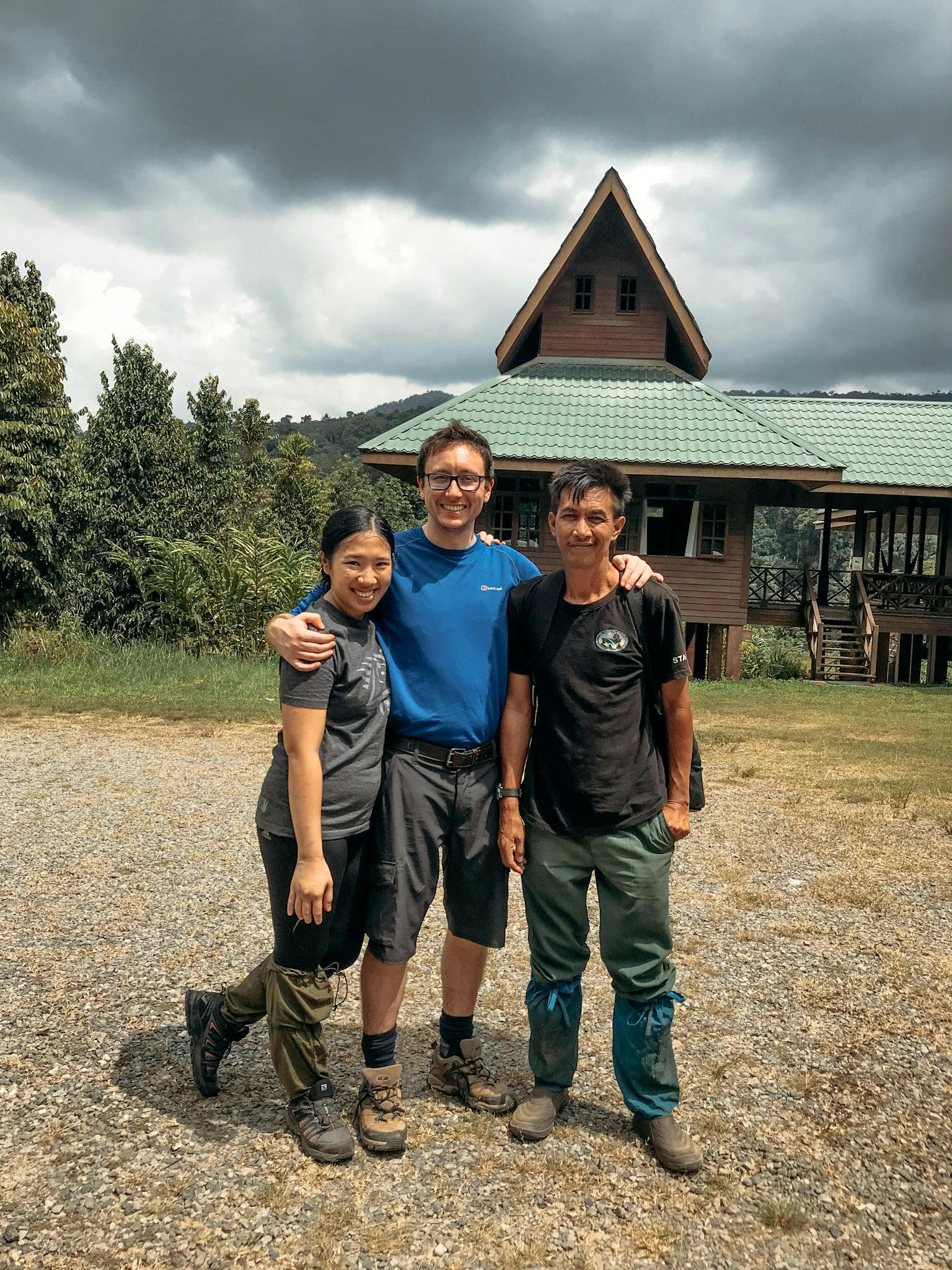
Our first instinct may be to leave untouched off-grid places like Maliau, but the reality is that these places may not exist for much longer if we don't visit them. Governments, corporations, and even locals may find more lucrative ways to use the land, such as coal mining or tree poaching. However, by choosing to travel to Maliau Basin in a responsible way, we can help to protect this rainforest.
Here are some specific ways to travel to Maliau Basin in a responsible way:
- Choose a tour operator that is committed to sustainable tourism (such as the ones here).
- Pack light and avoid bringing single-use plastics.
- Be respectful of the local environment and wildlife.
By supporting sustainable tourism at Maliau Basin, we can give everyone an incentive to protect and conserve the rainforest. Tourism dollars can go a long way to generate revenue for conservation efforts, create sustainable jobs in the local community, and raise more awareness of the importance of the rainforest.
Frequently Asked Questions
How Fit Do I Need to Be to Visit Maliau Basin?

If you choose to stay at the outer rim of Maliau Basin, the Maliau Basin Studies Centre, you don't need to be fit at all. All you'll be doing here is short easy walks, and wildlife spotting on a jeep. This is suitable for young children and the elderly.
If you're hiking into Maliau Basin Conservation Area, you'll be hiking for either three or four days (around 9km each day). The hikes aren't difficult, though you’ll need to be prepared for short spurts of steep climbs, and clambering downhill with rope. It's suitable for anyone who is reasonably fit.
What's the Accommodation Like at Maliau Basin?

All the accommodation here is pretty basic, but it's more basic within the core Maliau Basin Conservation Area as the intention is to keep the core conservation area as untouched as possible.

At Maliau Basin Studies Centre (the outer rim), you'll be able to find huts and basic but comfortable beds in either dorm or private accommodation.
Within the Maliau Basin Conservation Area, there are two camps where you'll sleep in - Ginseng Camp and Nepenthes Camp.

At both of these camps, you'll only find make-shift tin roof structures and very basic bunk beds. Think of the accommodation within the conservation area as a very basic army camp!
Are There Leeches in the Forest?
We didn't find leeches in the Maliau Basin Conservation Area, but encountered plenty of them when we hiked into the main conservation area. Our guide explained that leeches are a common sight in the rainforest, and he even joked that they are the "forest tax collectors." While leeches can be annoying, they are actually a sign of a healthy forest - so having them in Maliau Basin is a good sign!
The number of leeches also depends on the time of year. There are fewer leeches during the dry season, when the ground is drier and the leeches are less active.
Guides in the Maliau Basin Conservation Area usually prepare leech socks for hikers, so you don't need to worry about getting bitten. However, it is always a good idea to check with your guide before you start your hike.
If you do encounter a leech, the easiest way to remove it is to pull it off, roll it into a ball and drop it on the ground. This way, you'll get them off you but won't cause any harm.
Frequently Asked Questions
What is Maliau Basin and why is it special?
Maliau Basin is one of very few places in the world that has never been inhabited by humans. The basin, around six hours’ drive south of Kota Kinabalu, is a saucer-shaped area covered in thick rainforest in excess of 390 square kilometres, enclosed by a steep escarpment that rises to a formidable 1,600 metres high.
Often referred to as the "Lost World of Sabah," it covers approximately 58,840 hectares of primary rainforest, with steep ridges, deep gorges, and stunning waterfalls. It's also known for its high levels of biodiversity, with over 1,000 species of plants and animals living in the area. This remote region was only discovered in 1947 when a light aircraft almost crashed into the mist-shrouded rim. The serendipitous encounter didn’t generate much interest at the time, and the area slipped back into cloud-covered obscurity. It was only in 1988, when a full scientific expedition was organised by the state-sanctioned Sabah Foundation and WWF Malaysia, that news of this remote region began to trickle out to the wider world.
Even if you go deep inside the Amazon, there have been quite a lot of people actually living inside the forest, having small-scale agriculture production, hunting and so on. You don’t see any traces of human activity inside Maliau Basin, which makes it really unique on a global scale.
How do you get to Maliau Basin?
To get to Maliau Basin, visitors must first travel to Tawau, Sabah. From there, they can take a four-hour drive to the Maliau Basin Studies Centre where they can arrange for a guided tour of the area. The closest international airport to Maliau Basin is Kota Kinabalu, and from there Maliau Basin is approximately a 7-8 hour drive depending on weather conditions. Alternatively, visitors can charter a small plane to the Maliau Basin Airstrip, which is about 20 minutes from the studies centre.
What activities can you do in Maliau Basin?
Maliau Basin offers a variety of activities for nature lovers, including jungle trekking, wildlife spotting, bird watching, and swimming in crystal-clear waterfalls. There are also several camping sites within the area, allowing visitors to experience the wilderness up close. Guided tours are recommended to ensure visitors are safe and do not disturb the natural environment.
You can either stay around the Maliau Basin Studies Centre for wildlife spotting, or you can do a trek into Maliau Basin to see the untouched rainforest. Around Maliau Basin Studies Centre you might see flying squirrels, the clouded leopard and pygmy elephants though the rainforest here is so dense that you are unlikely to see large game here.
Inside Maliau Basin, you can either do a four day trek or a five day trek into the virgin rainforest. Either trek will take you to the majestic Maliau Falls which is incredibly remote and breathtaking. If you do the longer trek you will also head into the Nepenthes Garden where you will be surrounded by gorgeous pitcher plants.
What is the best time to visit Maliau Basin?
The best time to visit Maliau Basin is during the dry season, which runs from March to September, as there is minimal rainfall and the trails are easier to navigate. However, visitors should note that this area is a protected wilderness area, and tour groups are only allowed limited access at any one time. Therefore, it is best to book well in advance to secure your spot.
Why is Maliau Basin important for conservation?
Maliau Basin is one of the most untouched places in the world, and is an essential conservation area because of its unique biodiversity and ecological significance. The basin is home to various endemic and endangered species of plants and animals, making it an important site for scientific research and conservation efforts.
The forests in Maliau Basin act as a carbon sink, helping to reduce the amount of carbon dioxide in the atmosphere, thus mitigating climate change. The area is also a critical watershed for several rivers, supplying water to thousands of people in the surrounding regions.
Moreover, the conservation area is home to the local peoples, who have lived in the area for generations and depend on the forest's resources for their livelihoods. Protecting Maliau Basin is crucial for safeguarding the ecological and cultural heritage of the region.
As a result, the Malaysian government and several conservation organizations have been working to preserve and protect Maliau Basin through sustainable tourism, research, and conservation initiatives. By doing so, they aim to ensure the long-term survival of the area's unique biodiversity and ecological integrity.
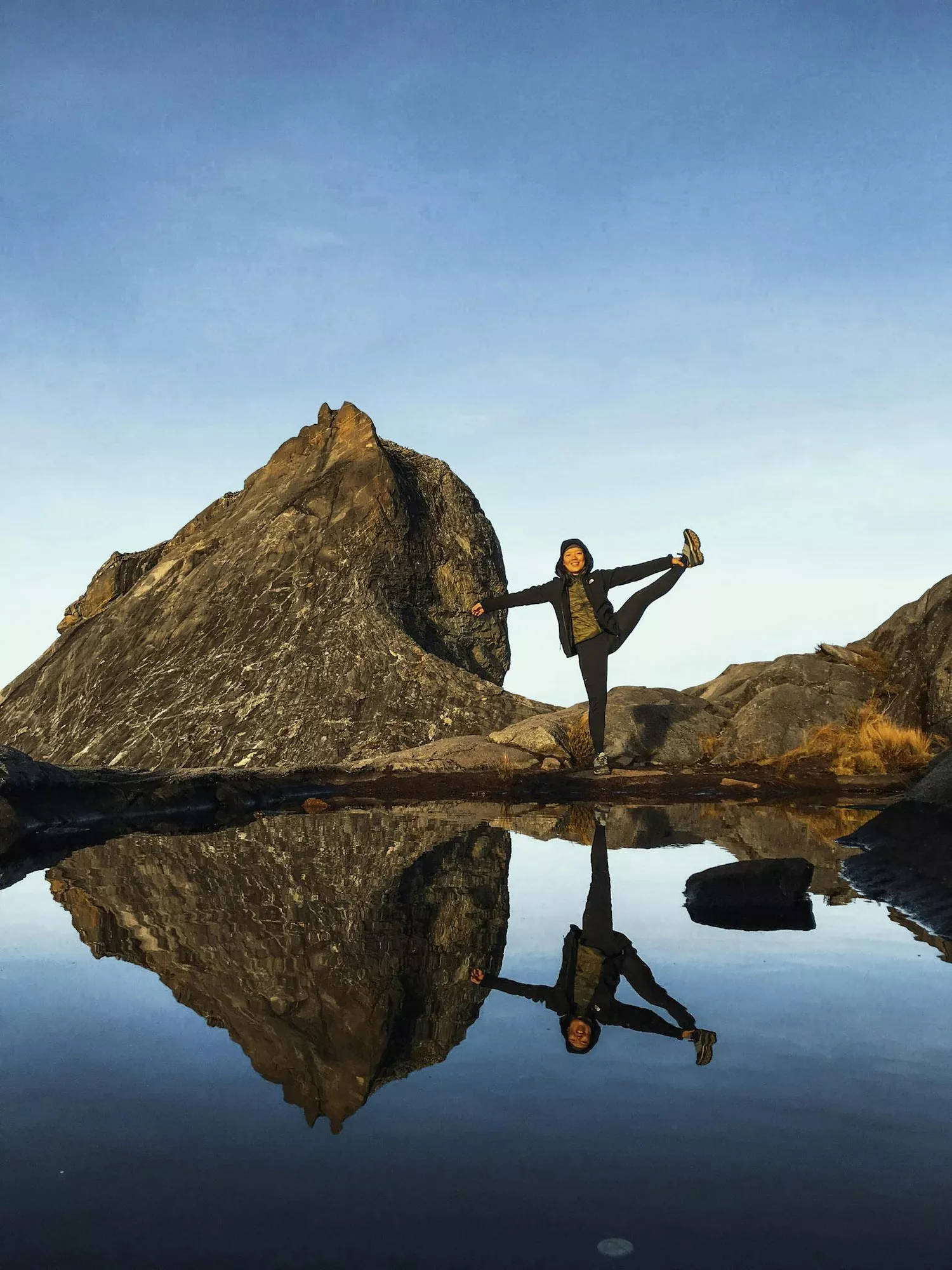
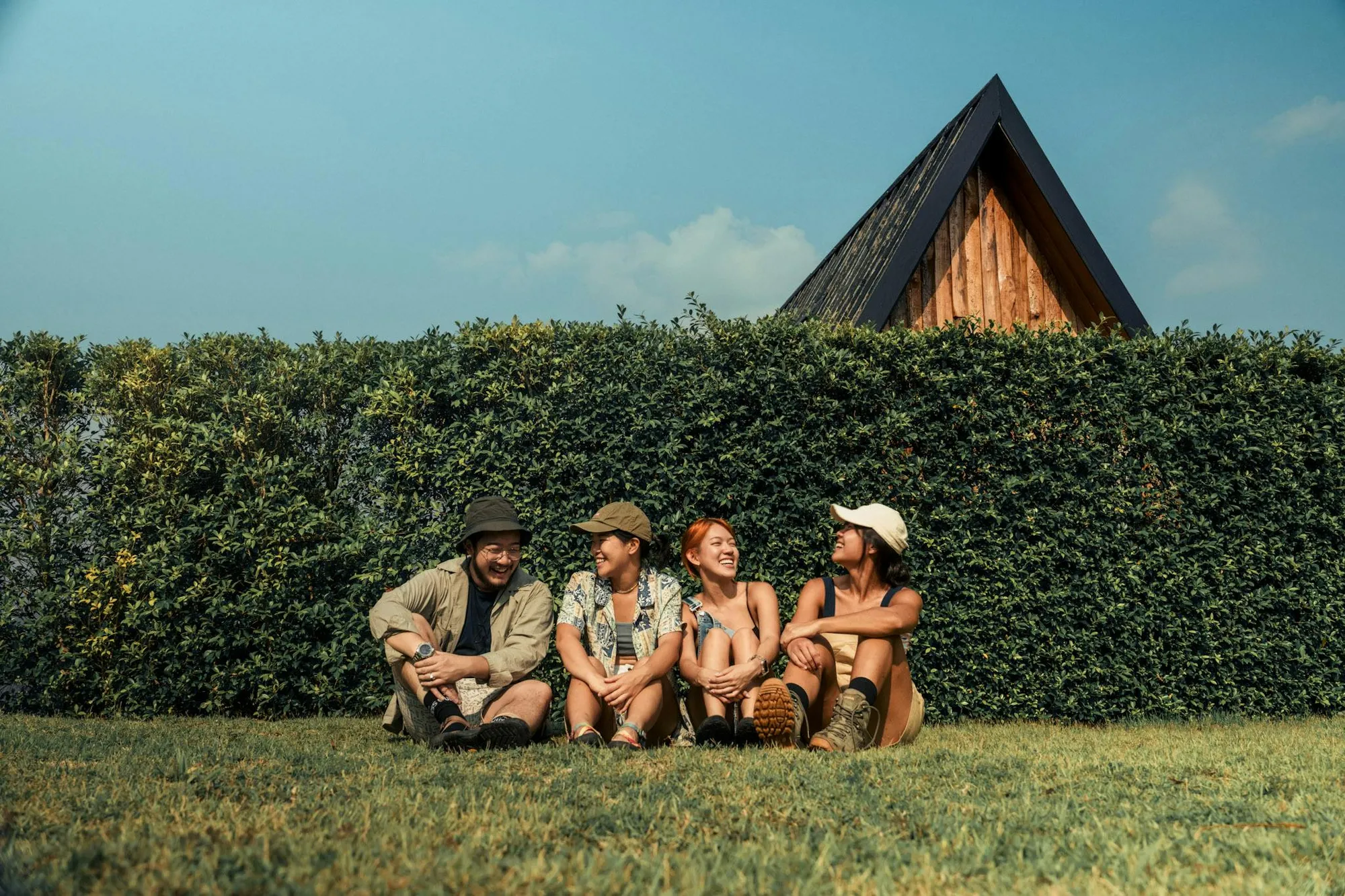
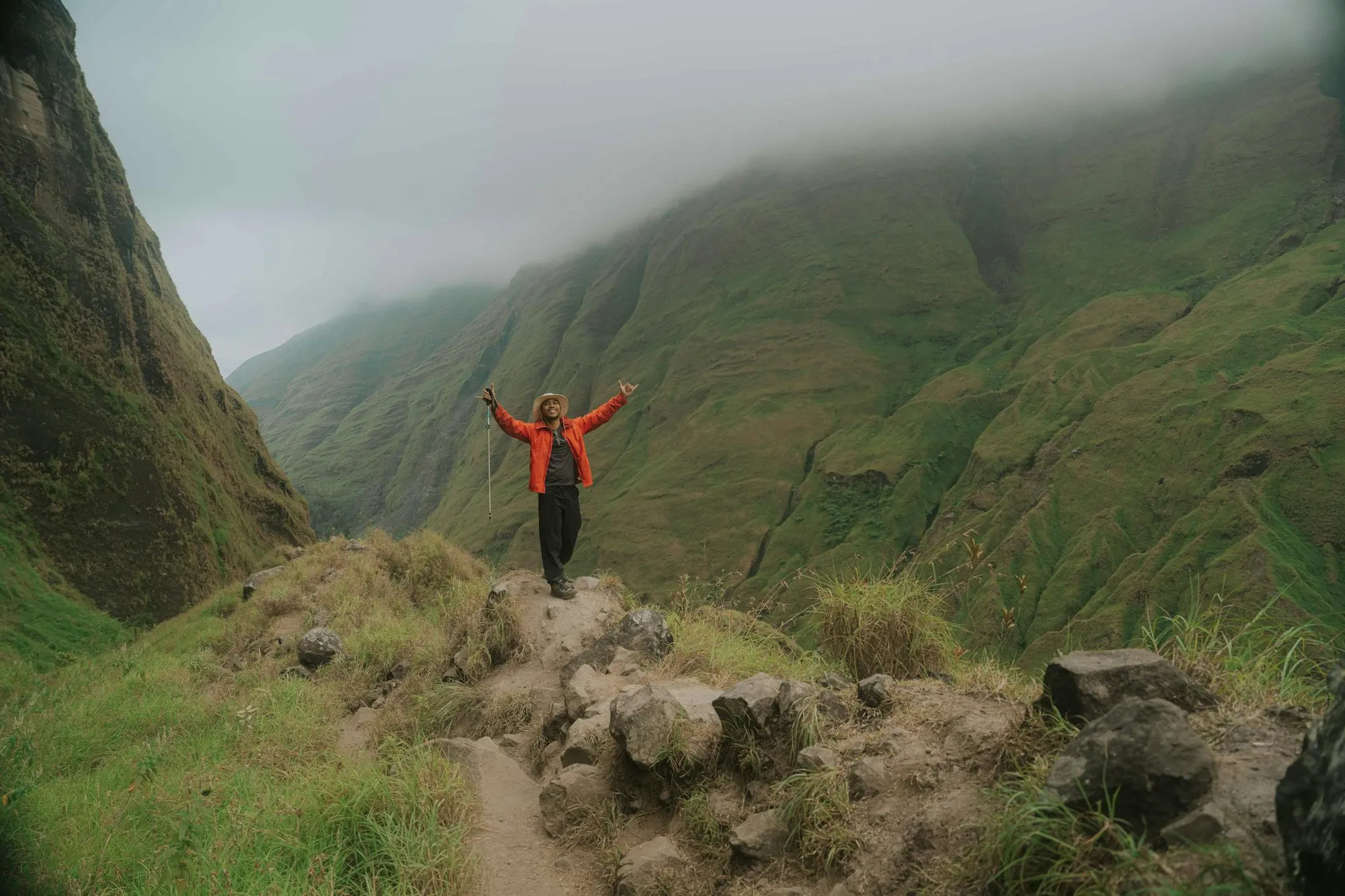

![Your Cheat Sheet to Planning a Mount Kinabalu Climb [2025]](https://d18sx48tl6nre5.cloudfront.net/webp_md_27b2d18c840570c1e30f8882b8bd1437.webp)



![Best Places to Spot Orangutans in the Wild [2025]](https://d18sx48tl6nre5.cloudfront.net/webp_md_26a1e349373ffec8569b965090d516ed.webp)
![Best Places to Spot Orangutans in the Wild [2025]](https://d18sx48tl6nre5.cloudfront.net/webp_xl_c672dd74144da152164fa955c08eb6e9.webp)




